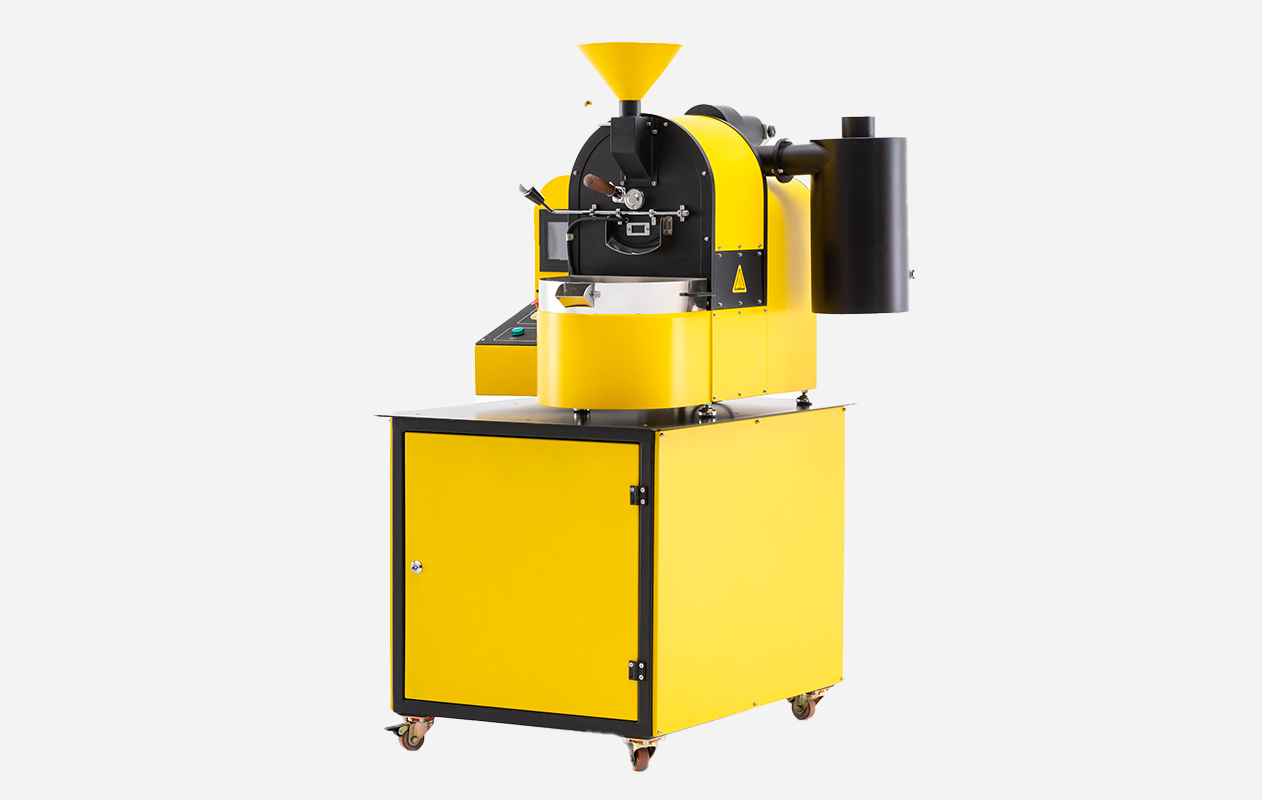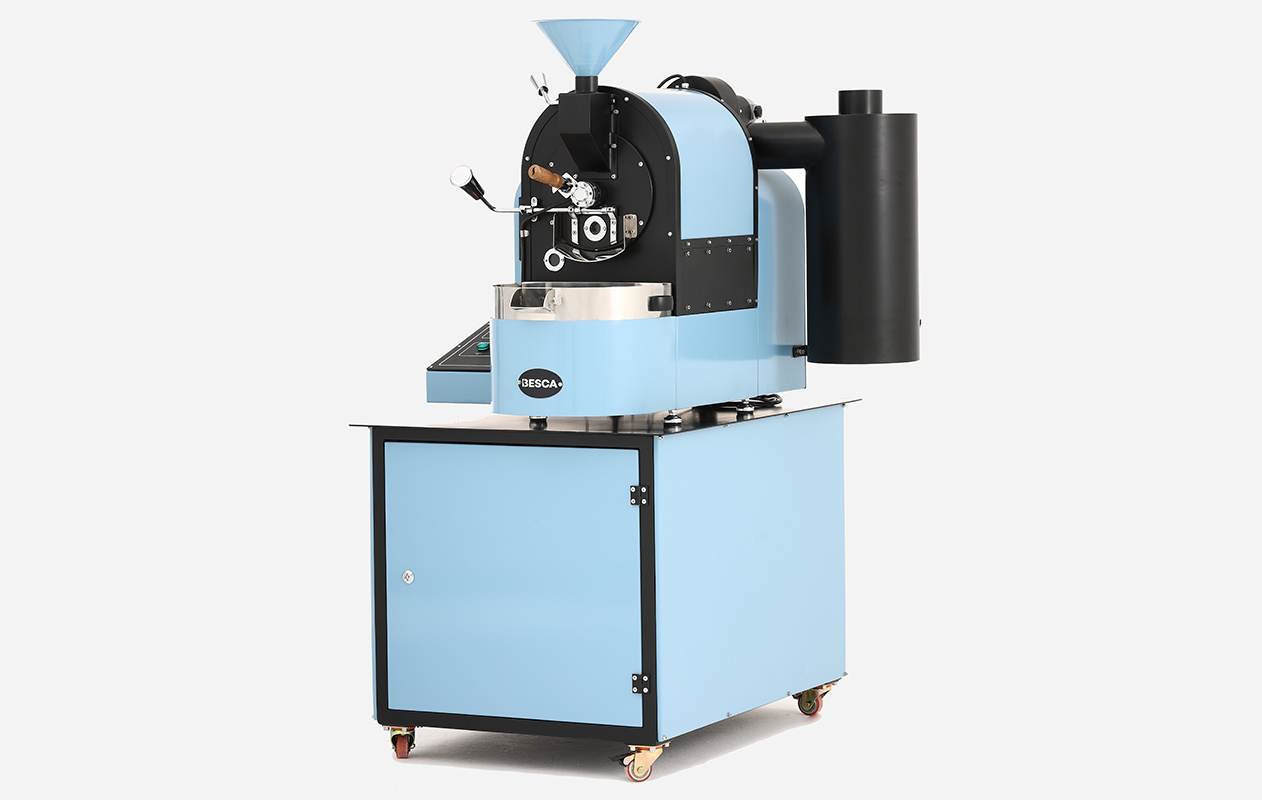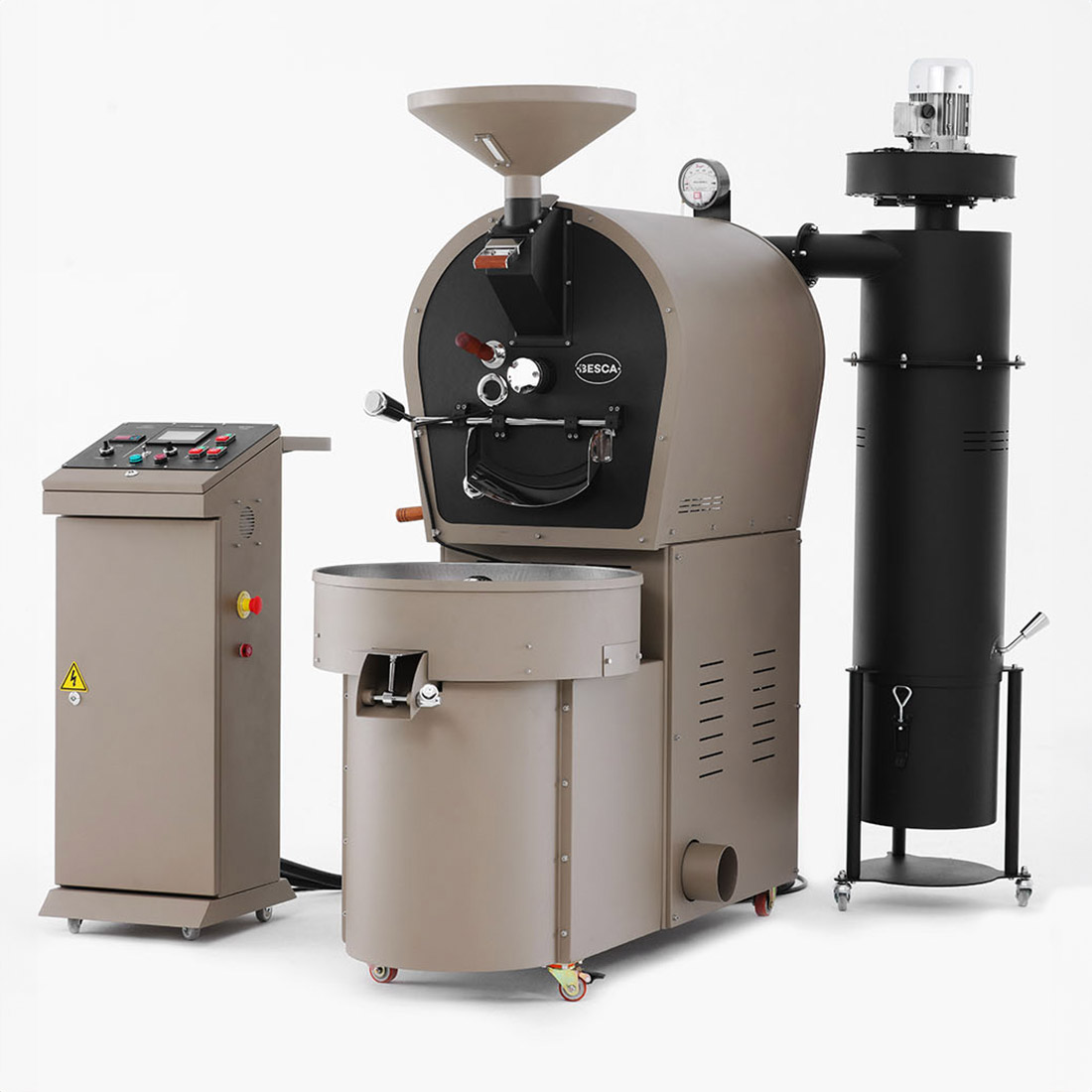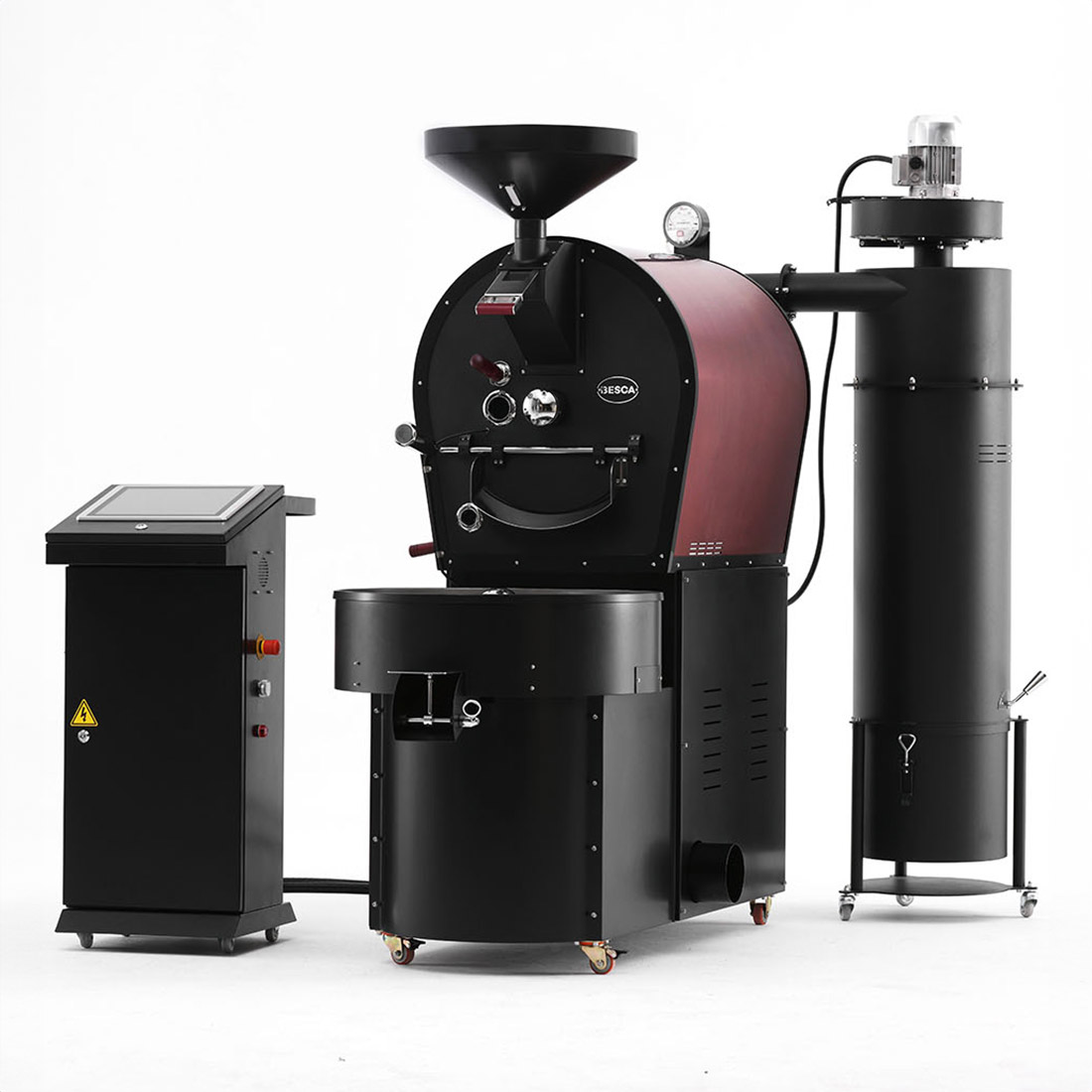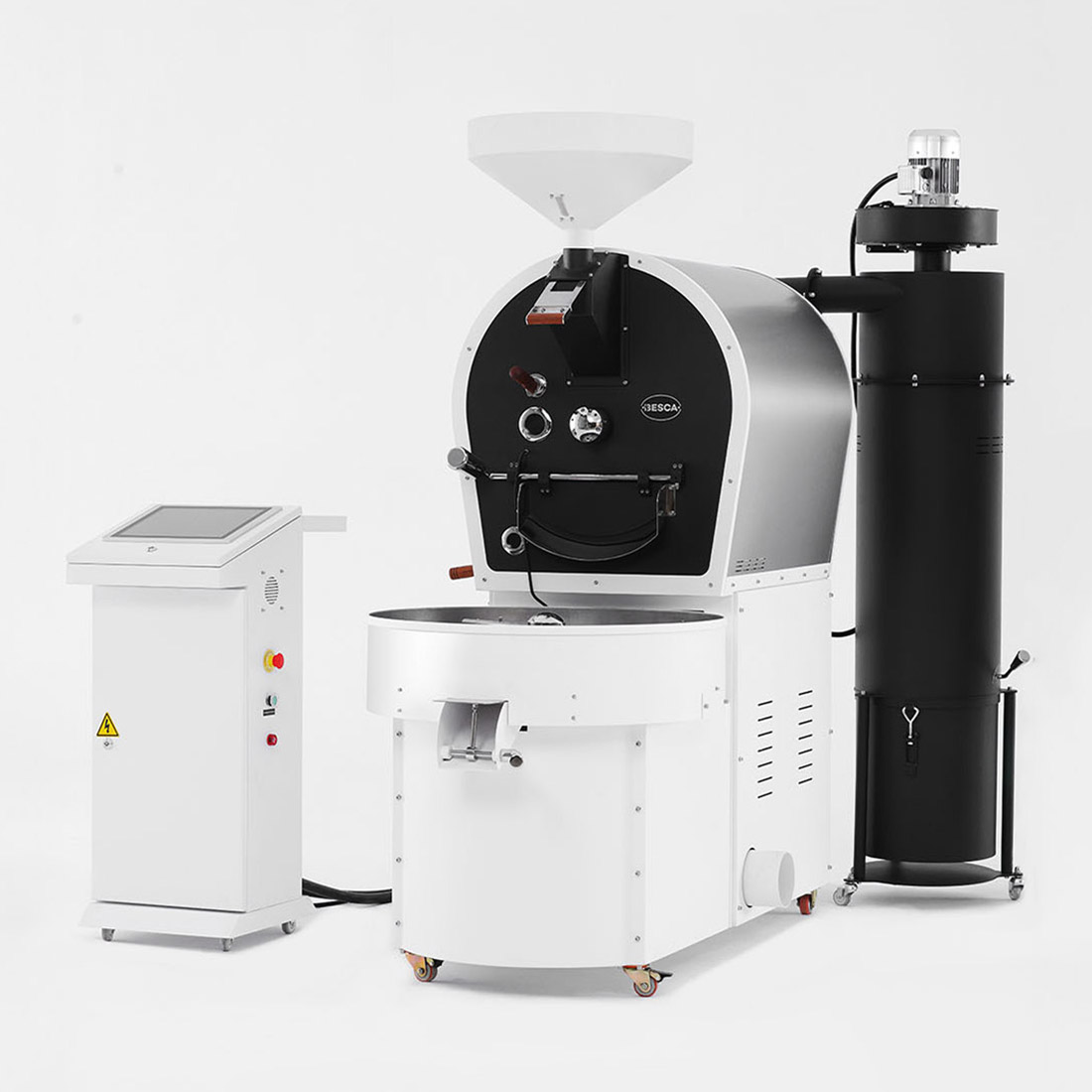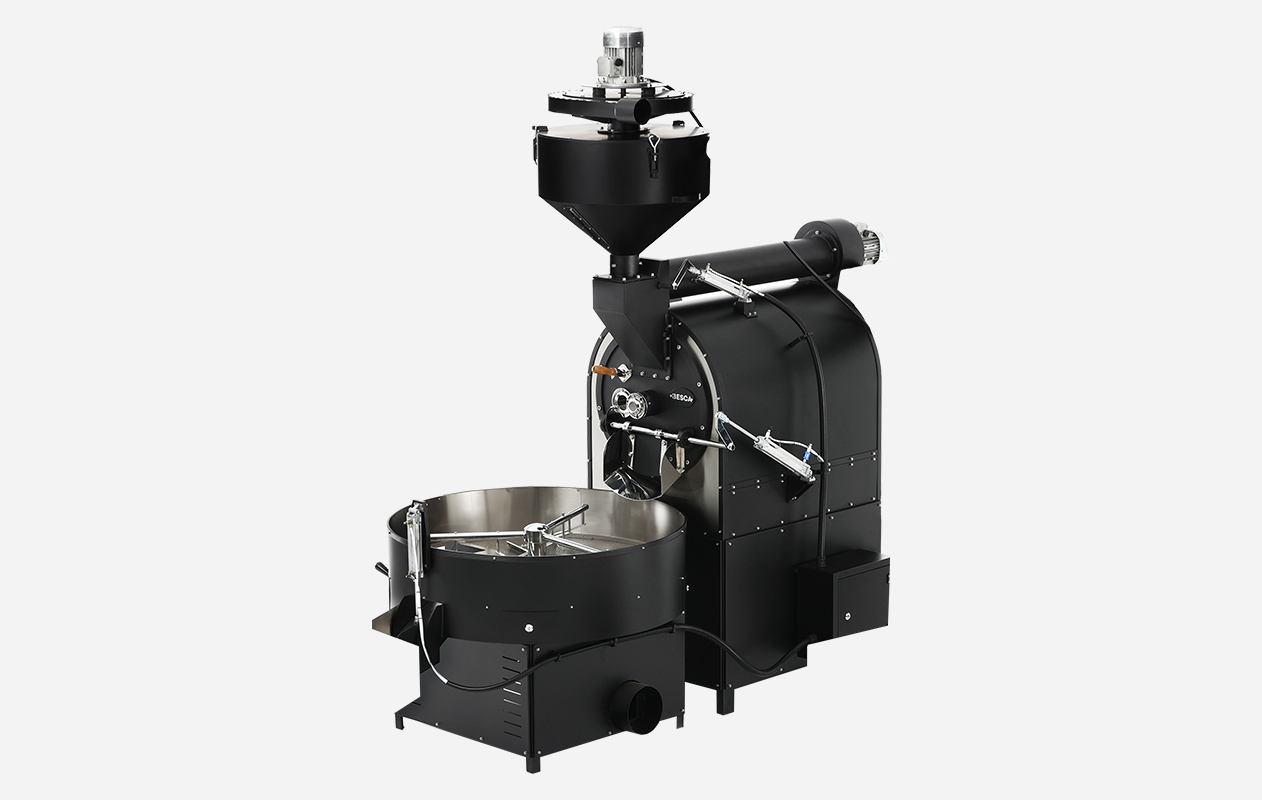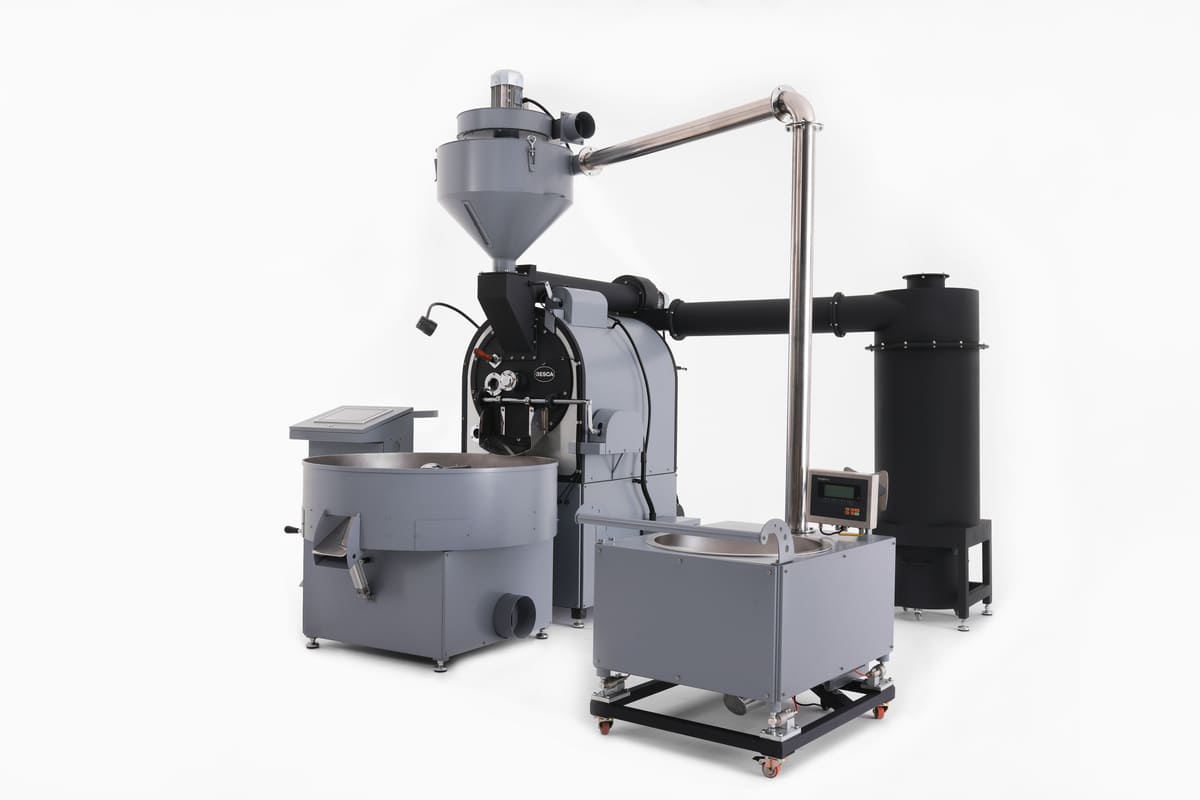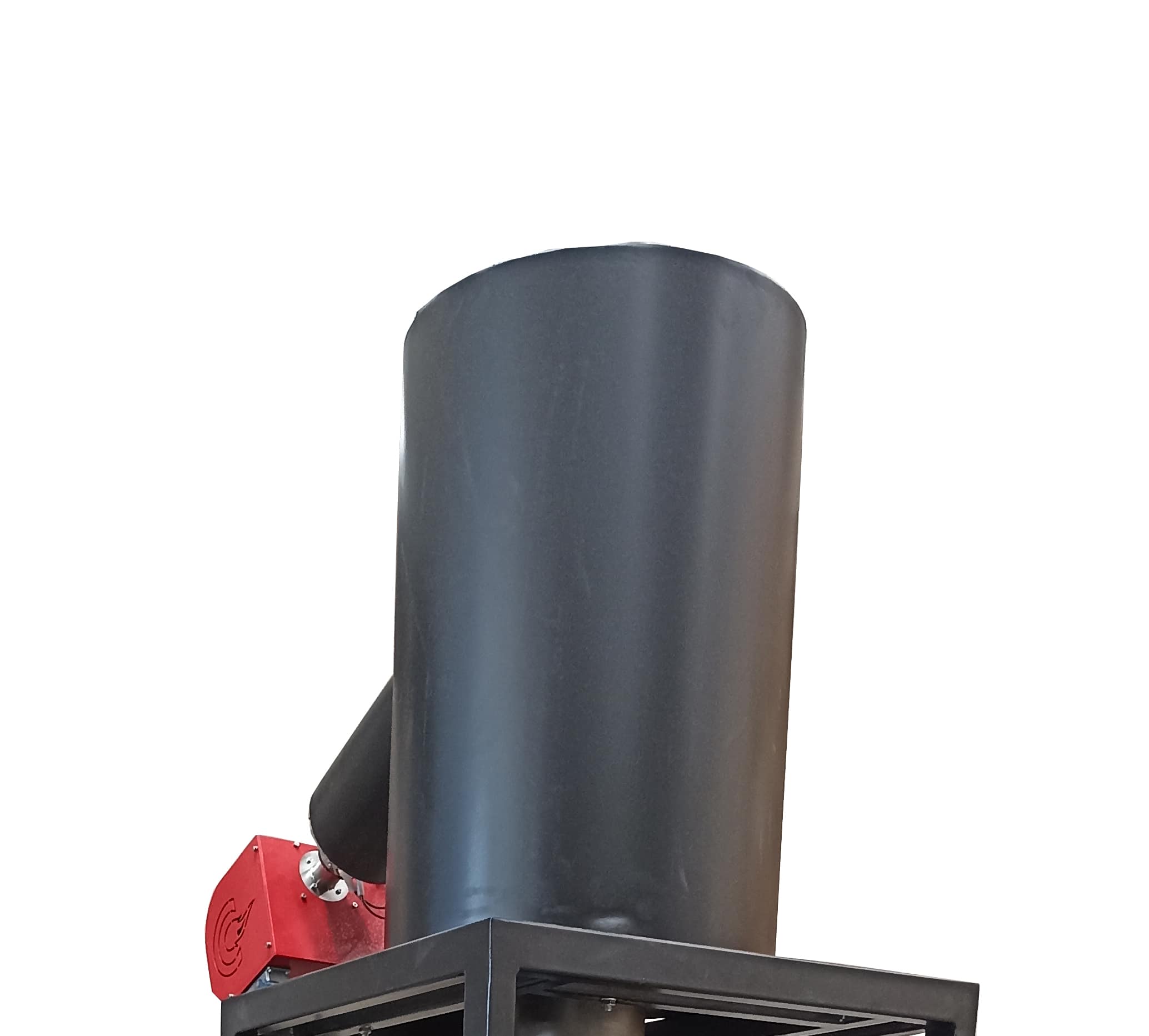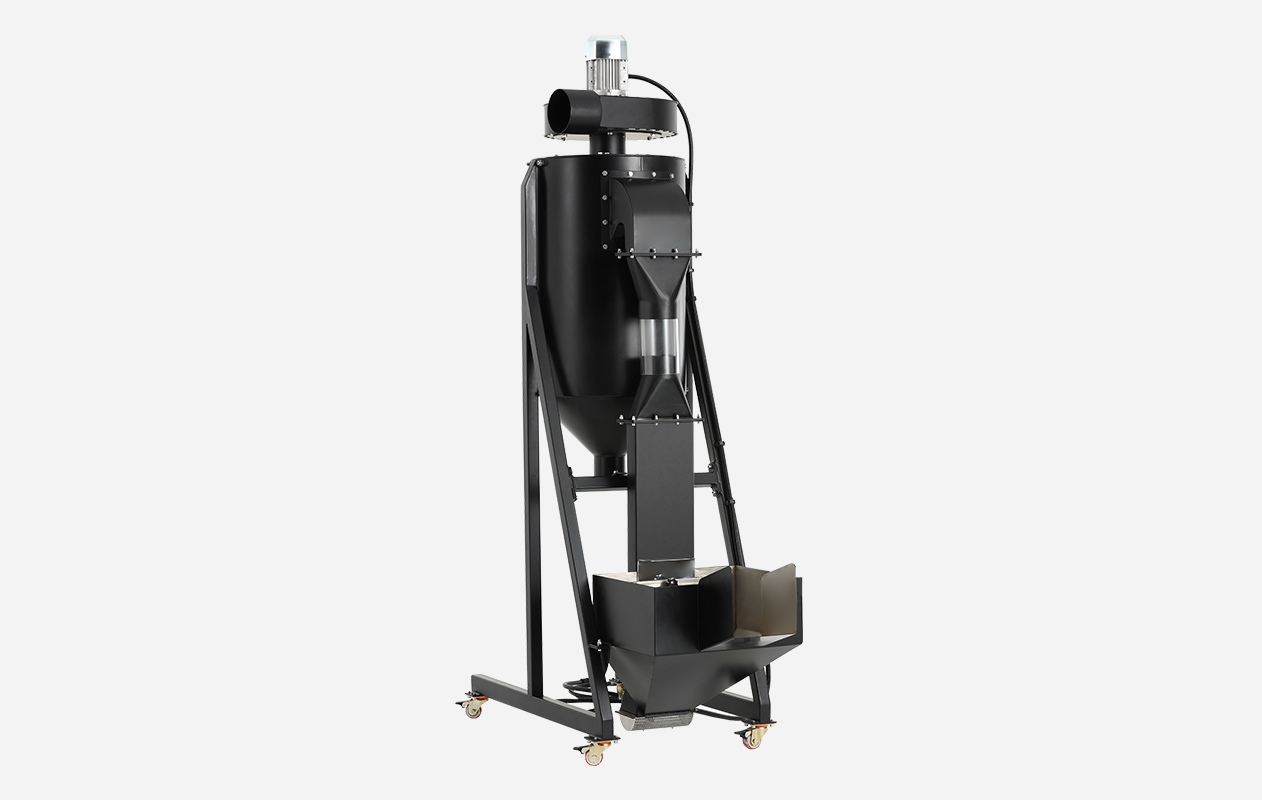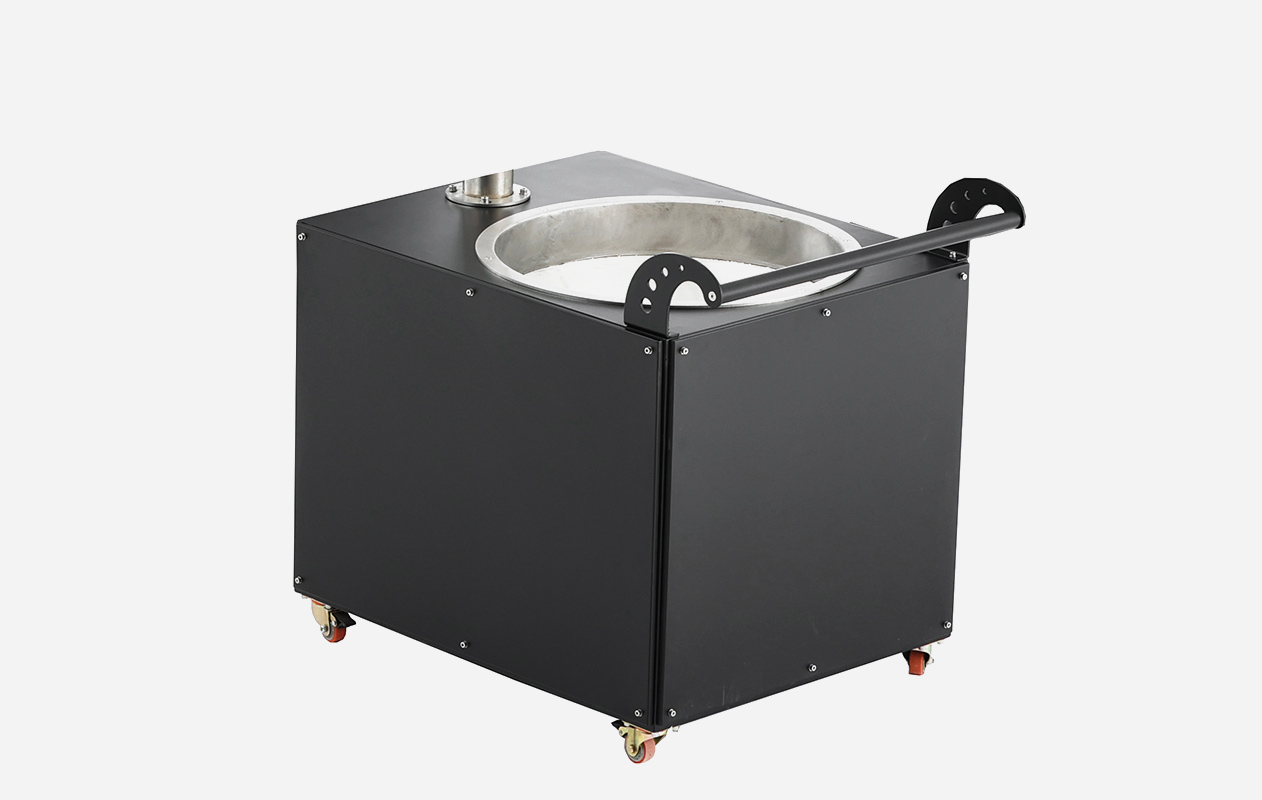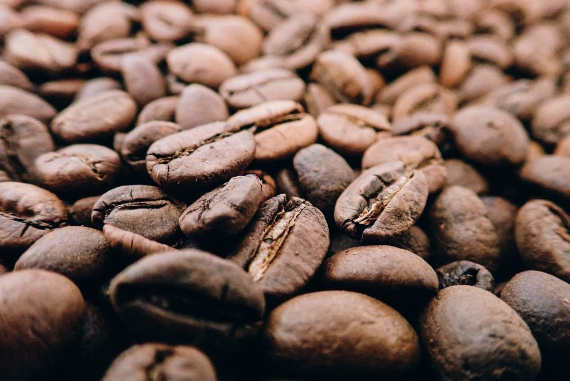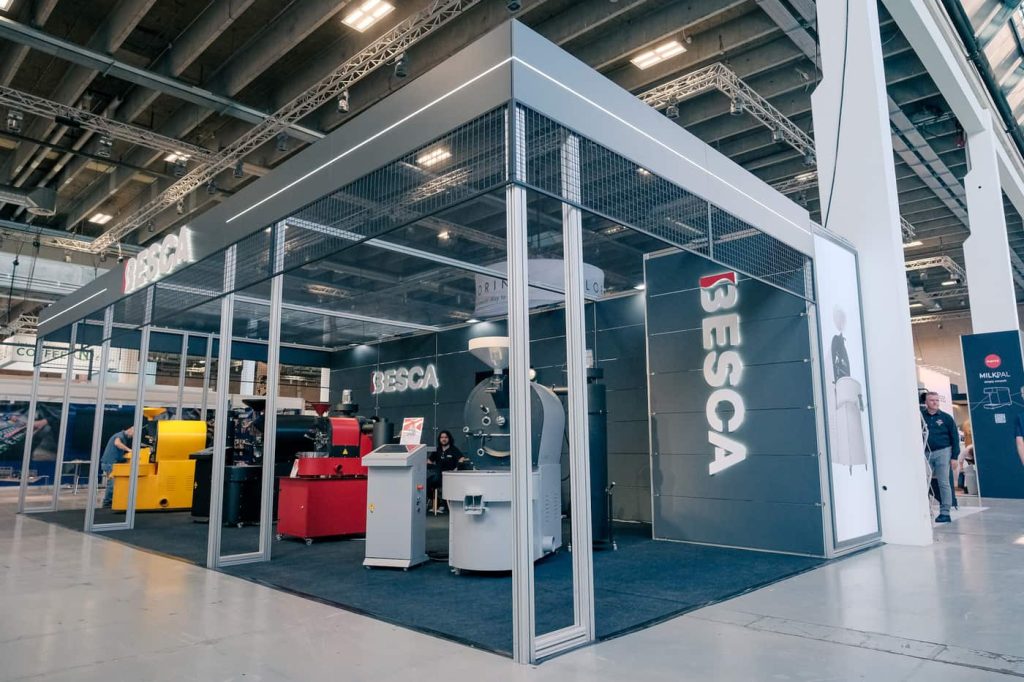Roasting coffee beans is a delicate art that demands precision and expertise. If you’re new to coffee roasting, it’s crucial to understand the basics of working with green coffee beans to achieve optimal results. Green coffee beans, which are unroasted and possess unique characteristics, require special attention during the roasting process to unleash their full potential. Let’s explore some important factors to consider for success in the initial stages.
Choosing the Right Green Coffee Beans
The quality of your coffee starts with selecting the right beans. When choosing green coffee beans for roasting, it’s essential to consider factors like origin, processing method, and altitude. Different green coffee beans offer distinct flavor profiles, making it an exciting part of the roasting journey to experiment with various types. Ethiopian Yirgacheffe, Colombian Supremo, Kenyan AA, Vietnamese Robusta, and Ugandan Robusta are popular green coffee bean varieties suitable for beginners.
Understanding the Roasting Process
Roasting coffee beans involves applying heat to transform green coffee beans into the familiar brown beans we enjoy. During the roasting process, green coffee beans go through stages like drying, browning, and caramelization, significantly impacting the final flavor and aroma. It’s important to grasp the different roasting stages and carefully monitor temperature and time to achieve the desired roast level.
Choosing the Right Roasting Equipment
Having the appropriate roasting equipment is crucial for successful coffee roasting. Besca Roasters, a reputable coffee roasting equipment manufacturer, offers a wide range of professional roasters known for their precision and performance. With high-quality construction, advanced technology, and a user-friendly interface, Besca Roasters are suitable for beginners and experienced roasters alike. Besca Roasters also provides excellent technical support, including online resources, tutorials, and customer service to assist roasters at every step.
Practicing Patience and Experimentation
Coffee roasting is a continuous learning process that requires patience and practice. It’s important to experiment with different roast levels, profiles, and brewing methods to discover your preferred taste and style. Keeping a record of your roasting experiments, including time, temperature, and flavor notes, allows you to refine your technique over time. Embrace mistakes as learning opportunities to enhance your coffee roasting skills.
Properly Storing Roasted Coffee Beans
After roasting, it’s essential to store the coffee beans correctly to preserve their freshness and flavor. Allow the roasted beans to degas for at least 24 hours to release excess carbon dioxide before sealing them in an airtight container. Store the beans in a cool, dark place away from sunlight, moisture, and strong odors to maintain optimal flavor and aroma.
In conclusion, coffee roasting is an enchanting journey that requires attention to detail, experimentation, and continuous learning. With the right green coffee beans, proper roasting equipment like Besca Roasters, understanding of different roasting techniques, patience, and dedication, you can achieve outstanding results in your coffee roasting endeavors. Embrace the process, learn from your experiences, and share your coffee creations with others. Happy roasting!
Roasting coffee beans is a delicate art that demands precision and expertise. If you’re new to the coffee roasting process, it’s crucial to understand the basics of working with green coffee beans to achieve optimal results. Green coffee beans, which are unroasted and possess unique characteristics, require special attention during the coffee roasting process to unleash their full potential. Let’s explore some important factors to consider for success in the initial stages.
Choosing the Right Green Coffee Beans
The quality of your coffee starts with selecting the right beans. When choosing green coffee beans for the coffee roasting process, it’s essential to consider factors like origin, processing method, and altitude. Different green coffee beans offer distinct flavor profiles, making it an exciting part of the roasting journey to experiment with various types. Ethiopian Yirgacheffe, Colombian Supremo, Kenyan AA, Vietnamese Robusta, and Ugandan Robusta are popular green coffee bean varieties suitable for beginners.
Understanding the Coffee Roasting Process
Roasting coffee beans involves applying heat to transform green coffee beans into the familiar brown beans we enjoy. During the coffee roasting process, green coffee beans go through stages like drying, browning, and caramelization, significantly impacting the final flavor and aroma. It’s important to grasp the different stages of the coffee roasting process and carefully monitor temperature and time to achieve the desired roast level.
Choosing the Right Roasting Equipment
Having the appropriate roasting equipment is crucial for successful coffee roasting. Besca Roasters, a reputable coffee roasting equipment manufacturer, offers a wide range of professional roasters known for their precision and performance. With high-quality construction, advanced technology, and a user-friendly interface, Besca Roasters are suitable for beginners and experienced roasters alike. Besca Roasters also provides excellent technical support, including online resources, tutorials, and customer service to assist roasters at every step.
Practicing Patience and Experimentation
Coffee roasting is a continuous learning process that requires patience and practice. It’s important to experiment with different roast levels, profiles, and brewing methods to discover your preferred taste and style. Keeping a record of your roasting experiments, including time, temperature, and flavor notes, allows you to refine your technique over time. Embrace mistakes as learning opportunities to enhance your coffee roasting skills.
Properly Storing Roasted Coffee Beans
After the coffee roasting process, it’s essential to store the beans correctly to preserve their freshness and flavor. Allow the roasted beans to degas for at least 24 hours to release excess carbon dioxide before sealing them in an airtight container. Store the beans in a cool, dark place away from sunlight, moisture, and strong odors to maintain optimal flavor and aroma.
Exploring Coffee Roasting Techniques
Understanding various coffee roasting techniques is key to mastering the art. Experiment with profiles, try different heat application methods, and explore the impact of airflow on the roast. Whether you prefer drum roasting, air roasting, or other methods, each technique contributes to unique flavor profiles. Be adventurous and refine your skills by incorporating diverse coffee roasting techniques into your routine.
In conclusion, coffee roasting is an enchanting journey that requires attention to detail, experimentation, and continuous learning. With the right green coffee beans, proper roasting equipment like Besca Roasters, understanding of different coffee roasting techniques, patience, and dedication, you can achieve outstanding results in your coffee roasting endeavors. Embrace the process, learn from your experiences, and share your coffee creations with others. Happy roasting!

